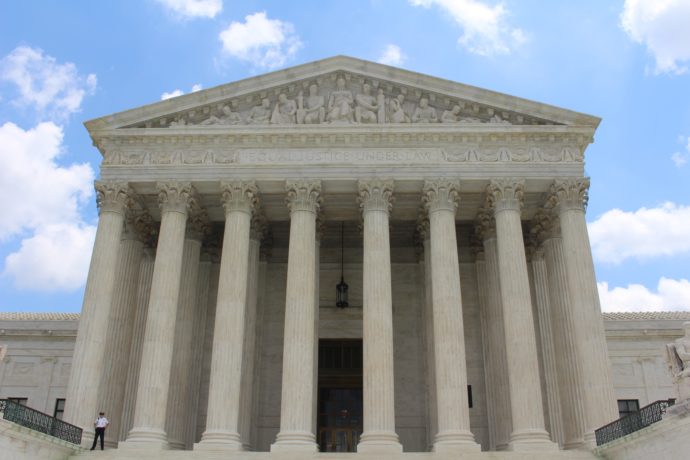Thursday Miscellany
As the JP Morgan healthcare conference closes, Fierce Healthcare’s reports provide a summary of the highlights.
Employee Benefit News informs us about how CVS Health is leveraging its Aetna acquisition to make gene therapies more affordable to patients.
Healthcare Dive reports that the federal government has today released for public comment a health information technology roadmap for the next five years.
The plan will act as a blueprint for federal agencies like the Department of Defense and the Department of Veteran’s Affairs, along with private sector partners, as they work to make it easier for patients to electronically access health data. Much of the plan focuses on proliferating standardized application programming interfaces and stimulating a new “app economy” in healthcare.
Health Payer Intelligence discusses about a new “path forward” for mental health care.
Launched in November 2019 by the National Alliance of Healthcare Purchaser Coalitions (NAHPC), along with other healthcare partners, the Path Forward for Mental Health and Substance Use initiative aims to strengthen mental health parity through stakeholder collaboration.
“What we have developed is an approach that is thoughtful and comprehensive in terms of how we need to approach rebuilding a health system that can support people with mental health and substance use,” says Michael Thompson, NAHPC president and chief executive officer.
“It’s basically about making sure that we are taking the same rigor in the treatment of mental health as we would with any other health condition collaborative care, which is providing better support and improving the treatment that is provided through primary care physicians and telebehavioral health.”









